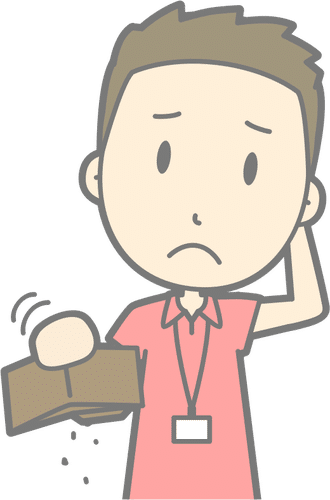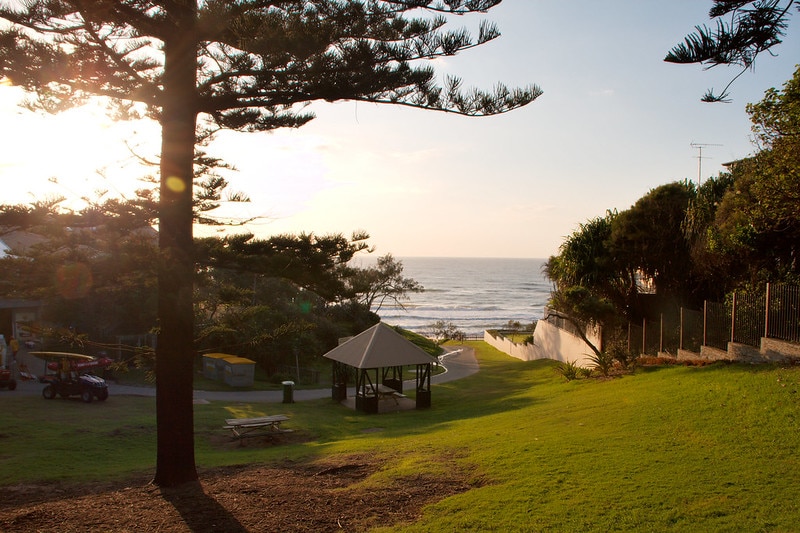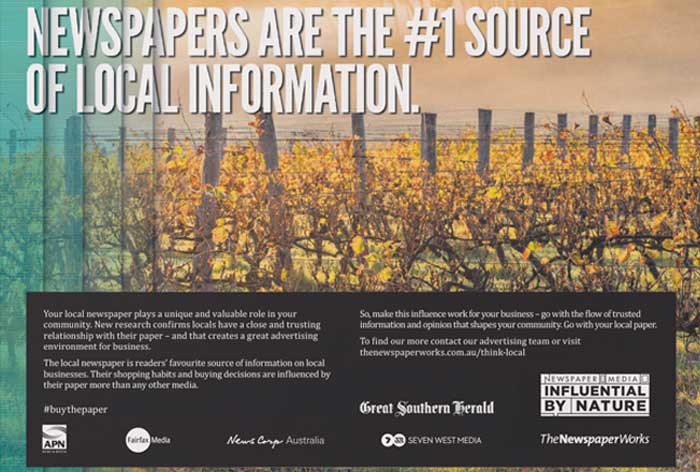Given the recent souring of the relationship between Australia and China it should not come as a surprise that the Chinese Ministry of Culture and Tourism has issued warnings against travel to Australia late last week. This is a textbook play of the Communist Party. To exert political and economic influence over trading partners, which has been used with other nations, such as the United States and South Korea very recently.
However, what has caught us by surprise, is how unprepared we are to deal with potential losses from our largest source of visitors and international students.

Perhaps it’s time to take stock of what this means for tourism businesses but also the flow-on effects which may hurt our visitor economy as well. Australia’s tourism industry is already on its knees and suffering from the horrendous summer of bushfires and ongoing travel restrictions but perhaps this is an opportunity to look closer to home for new priorities of visitors.
The most obvious country being New Zealand (NZ), having just declared they have beaten the Corona Virus and have started lifting all restrictions. Our Kiwi friends are not well known, however, for putting their hands in their pockets when visiting Australia. In comparison to an average Chinese visitor who spends approx. $9,336 on a trip, our friends from across the pond spend more in the region of $2,004*.

Visiting Friends & Family
Part of the reason is that they stay with friends and family, so perhaps it’s more a case of encouraging them to spend a little more on activities whilst they are here? The other possible reason is the huge amount of them that have already been here before. 94% of them in fact! So New Zealanders don’t spend a lot and think they know Australia fairly well. These characteristics sound a lot like Aussies too hey? These are just a couple of the early challenges that we all face in the new visitor economy, but here’s where local area marketing really comes into play. Think about the last time you stayed with friends….Did they give you some ideas on where to grab a good coffee or that place you should check out? What about the recommendation from the AirBnB host about the great brunch place you’ve gotta try? Chances are they probably did give you a few pointers. But where does this information come apart from having lived there?
Local area marketing. It’s not revolutionary, but what it is doing is putting the power back into the hands of small business owners, giving them the ability to control and manage their messaging. Incidentally, this also aligns well with another trend we’re seeing in the way people are travelling.
Choosing local experiences, many people don’t want to be part of a group tour anymore, they prefer to look beyond the popular attractions and to experience the spots where the locals go. This is one of the trends AirBnB has tapped into with their relatively new AirBnB Experiences product and also seen in TripAdvisor’s growing user base. Not only do travellers get a better cross section of experiences but also some local intel, usually from a person that lives in the area and knows the place well. This doesn’t just apply to tourism experiences but could also extend to other businesses across the visitor economy.

Build a local support network
Some of the most effective ways tourism and visitor economy businesses can grow their customer numbers are simply by building a mini support network and getting the basics in place. It might sound simplistic but listing with local councils and tourism offices is a great place to start. These groups usually have online directories which might also help you get found online.
When building your tribe of supporters don’t forget to get engaged in the local social media groups as well. Search your area and you’ll be surprised how many there are; look for local interests such as Mothers groups, School Groups, Buy-Swap and Sell groups. Be sure to check the terms, but some of these groups allow local businesses to post on certain days.
These hyper-local groups might also help champion your cause and give you the ability to get in touch with other business groups or small business owners in your area. Inviting them to come and visit or hosting a meeting at your venue can be a powerful way to build rapport and get to know each other. Then you might be able to consider doing a bit of cross promotion on each other’s social pages to help expand your audiences.
There’s been an abundance of these types of groups starting to pop up recently. Regional towns are also particularly good at this, not just because of a relatively stronger sense of community but also out of desperation to kickstart their local economies again. #BacktoBerry #explorerutherglen and #naturallyconnected are just a few of the initiatives backed by local councils to get visitors back.
The standout campaigns give travelers reason to spend a couple of nights in the area, showcasing things to do. The best in class examples usually focus on one to two core themes and will try to corral businesses around these efforts.

Local Newspapers
Another area worthy of consideration is talking to your local newspaper and there’s a couple of reasons for doing this; firstly to access some highly cost effective advertising between their print and online platforms but also to get access to their talented journalists and social media audiences.
These guys have a talent for copywriting and could help you articulate your customer value proposition. Showing support of the area via your local paper may also raise your awareness with complimentary businesses and give you a reason to get in contact.
Beyond the newspaper there may be a local magazine or circular worth considering. For example, we’re living in Neutral Bay, just north of the harbour bridge and one of the local creative agencies has started a bi-annual magazine profiling local businesses. Check out The Bay

Google’s new algorithm
The last area which, could be subject to a whole article in itself, is Search Marketing. Given the perception that travelers may have, having visited your area before and the preconceptions about where to go and what to do, it helps to ensure you’re known for something special. Being searchable for your key features, and turning them into keywords for your website is the best way to stand out.
In fact, recent updates in the Google algorithm actually give preference to local search where factors such as relevance, distance and prominence are prioritised. A good keyword strategy will help your business be found for what it is, standing out from others in the area. At this stage it’s worth mentioning if you haven’t claimed your Google Business space then you should do that too. Make sure your operating hours and contact details are clearly indicated and keep them updated.

Customer reviews also play into this area so don’t forget to ask your visitors to leave a comment on Google as well. There’s a great article on Local Search Marketing by Blake Ng from Rezdy’s Content and Acquisition team.
There’s much more to local marketing and we’ll continue to share some ideas but hopefully these notes will help you get started and ready for the new visitor economy.
*Source: Tourism Australia, International Market Performance https://www.tourism.australia.com/en/markets-and-stats/tourism-statistics/international-market-performance.html